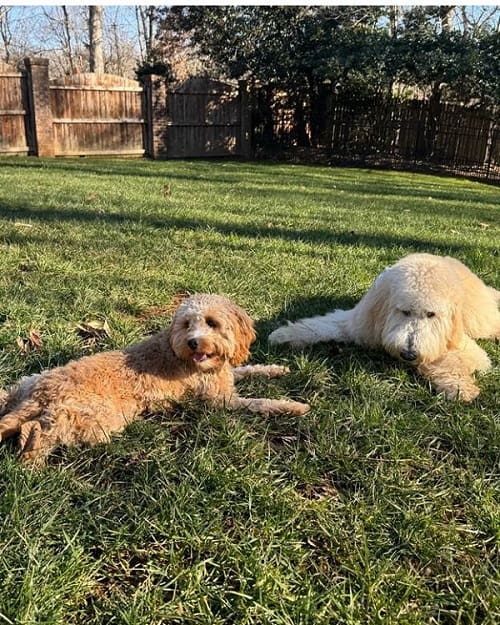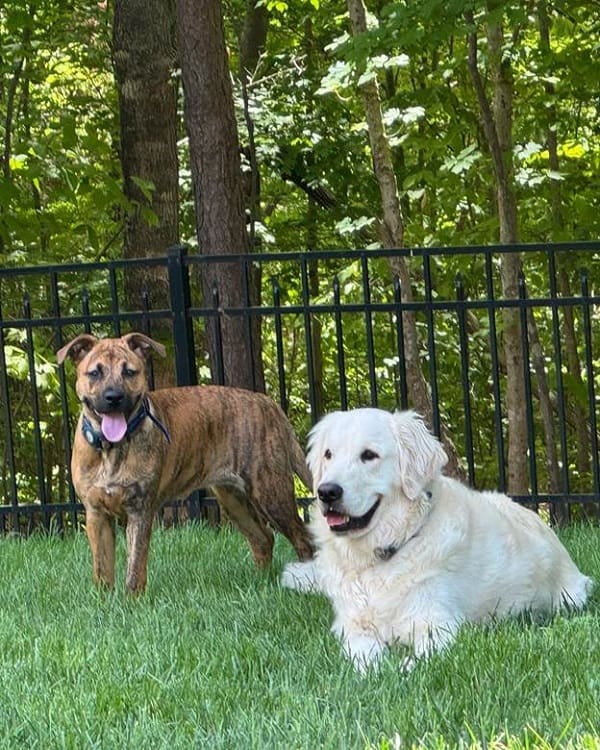Table of Contents
What is a Cognitive Bias, Anyway?
Dogs are no different. Their brains use these same kinds of shortcuts to interpret the world, predict outcomes, and guide their dog behavior. These biases are not flaws; they are fundamental aspects of cognition that have been shaped by evolution. Understanding them is the first step toward the kind of relationship-based approach we practice at Dog Owners Academy.
The Optimist vs. The Pessimist in Dog Training
Scientific research confirms a strong link between training methods and this bias. A study published in Nature found that dogs whose owners used two or more aversive training methods were significantly more likely to show pessimistic judgments. In contrast, dogs trained with positive reinforcement tend to have a more optimistic outlook, viewing ambiguous situations as potential opportunities for reward rather than punishment. This mindset is crucial for building confidence and achieving dog training success.
Other Key Canine Cognitive Biases
The Negativity Bias: Why Bad Memories Linger
In modern life, however, this bias means that one bad experience at the veterinarian’s office or a single frightening encounter with another dog can create lasting anxiety. This is why a patient, positive approach is so important; it helps build a foundation of good experiences to counteract this natural tendency.
Confirmation Bias: The Power of Habit
While this can be useful, it can also make it challenging to teach new behaviors. It highlights the importance of clarity and consistency in training, helping the dog understand when and why new behaviors are more rewarding than old habits.
How Your Training Methods Shape Your Dog’s Mind
Aversive-Based Methods: Tools like shock collars, prong collars, or physical corrections rely on punishment and fear. Research from PLOS ONE shows dogs trained with these methods exhibit more stress-related behaviors like panting and body tension. These methods can create or reinforce a pessimistic bias, teaching a dog that the world is unpredictable and potentially painful.
Positive Reinforcement Methods: This approach, favored by our founder Turk Akbay, uses rewards like treats, praise, or toys to encourage desired behaviors. It fosters an optimistic bias by teaching the dog that interacting with their owner and trying new things leads to positive outcomes. This builds confidence, strengthens the human-canine bond, and preserves the dog’s unique personality.
Despite the data, a 2024 PDSA report noted that 22% of dog owners still report using at least one aversive training method. Our mission is to show Charlotte dog owners a more effective and compassionate way.
Practical Training: Working With Your Dog’s Brain
Fostering an Optimistic Outlook
Use Consistent Positive Reinforcement: Reward effort and small successes, not just perfect execution.
Reward Curiosity: Encourage your dog to investigate new objects and environments at their own pace, rewarding them for bravery.
Build Confidence with Activities: Scent work games or learning new tricks can give your dog a sense of accomplishment and control.
Overcoming the Negativity Bias
Use Counter-Conditioning: Gradually change your dog’s emotional response to a trigger (like another dog or a loud noise) by pairing it with something they love, such as high-value treats.
Create Positive Associations: Make potentially stressful situations (like nail trims or car rides) as pleasant as possible with praise and rewards.
Seek Professional Help: For deep-seated fears or reactivity, working with a professional is crucial. Our behavior problem training sessions are designed to address these issues in the comfort of your dog’s own environment. For dogs experiencing fear aggression, we offer specialized programs that use positive reinforcement to rebuild trust.
A Note on Canine Cognitive Dysfunction (CCD)
Frequently Asked Questions
- What is the most common cognitive bias in dogs?
The negativity bias is arguably one of the most influential. Because survival has historically depended on avoiding threats, dogs are often hardwired to pay more attention to and better remember negative or frightening experiences.
- Can you change a dog’s pessimistic bias?
Yes, a dog’s outlook can be improved over time. Through consistent, positive reinforcement-based training, confidence-building exercises, and creating a safe and predictable environment, you can help a pessimistic dog learn to expect more positive outcomes, effectively fostering a more optimistic bias.
- Does my dog’s personality affect their biases?
Absolutely. Personality and cognitive biases are intertwined. An inherently cautious or timid dog may be more susceptible to a negativity bias, while a naturally bold and curious dog might have a stronger optimistic bias. Training and life experiences then further shape these innate tendencies.
Understanding canine cognitive biases moves training beyond simple obedience and into the realm of true partnership. It enables you to communicate more effectively and build a relationship based on mutual trust and respect. You learn to see the world from their perspective, addressing the root of their behavior rather than just managing the symptoms.
If you’re in the Charlotte area and ready to build a more harmonious relationship with your dog by understanding their unique perspective, we can help. Schedule your free in-home consultation to begin a training journey that respects your dog’s mind and personality. For a deeper exploration of these topics, tune into our Zen of Dog Ownership Podcast.
Opening Hours
M-Sa: 10am - 7pm
Address
1111 Central Ave., Charlotte, NC 28204
Phone
844 864 3647




